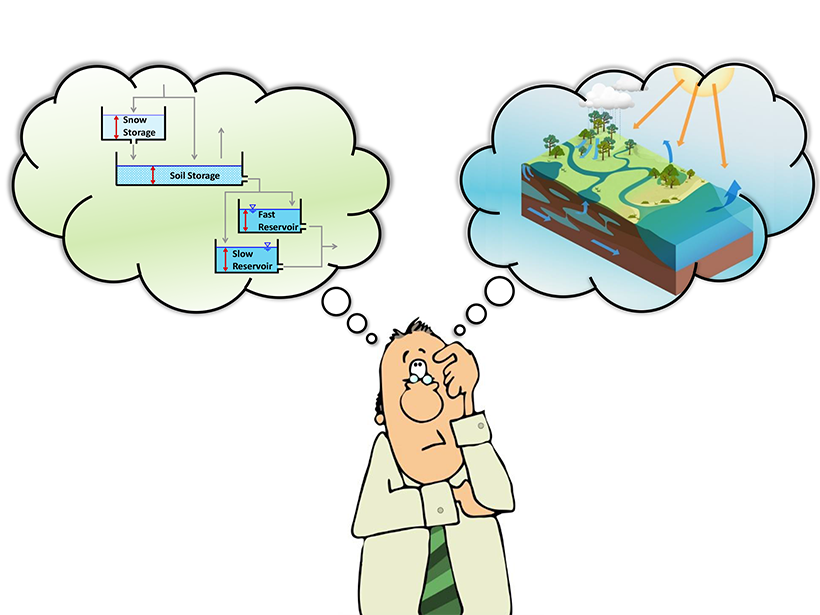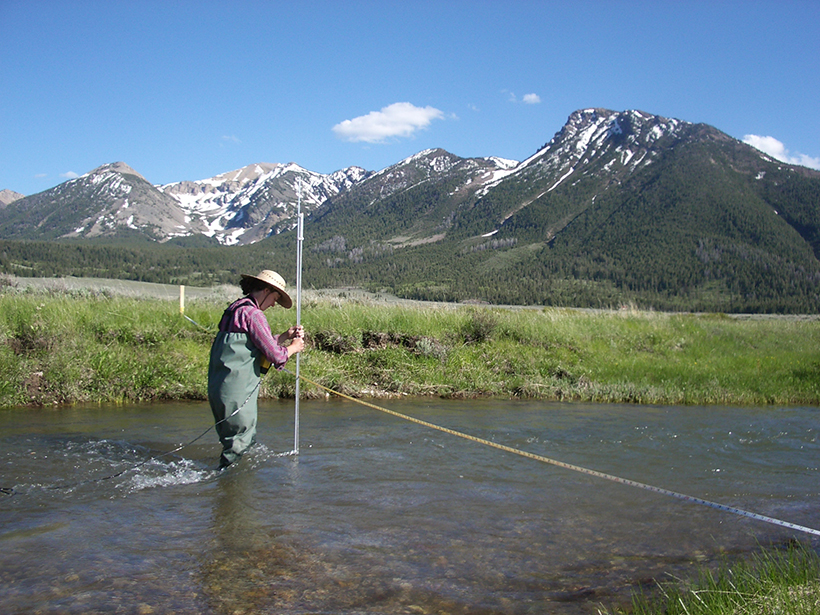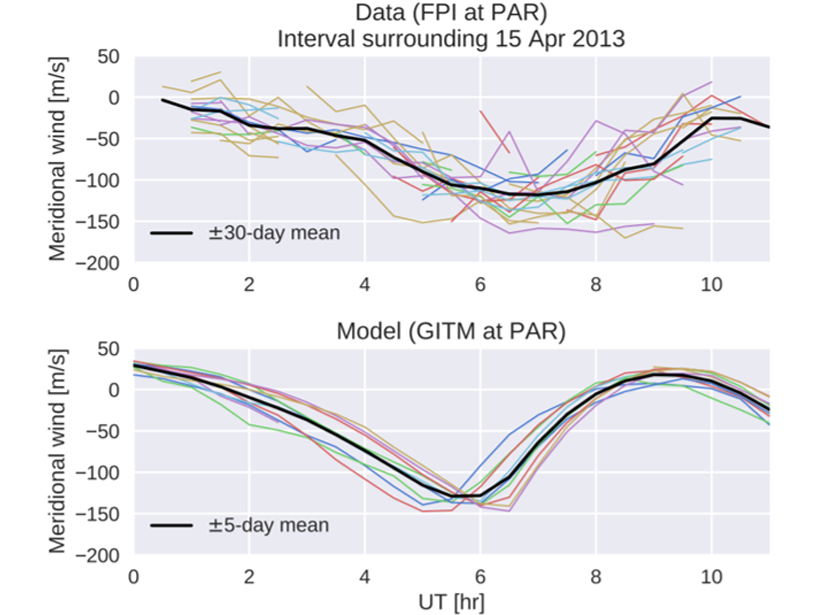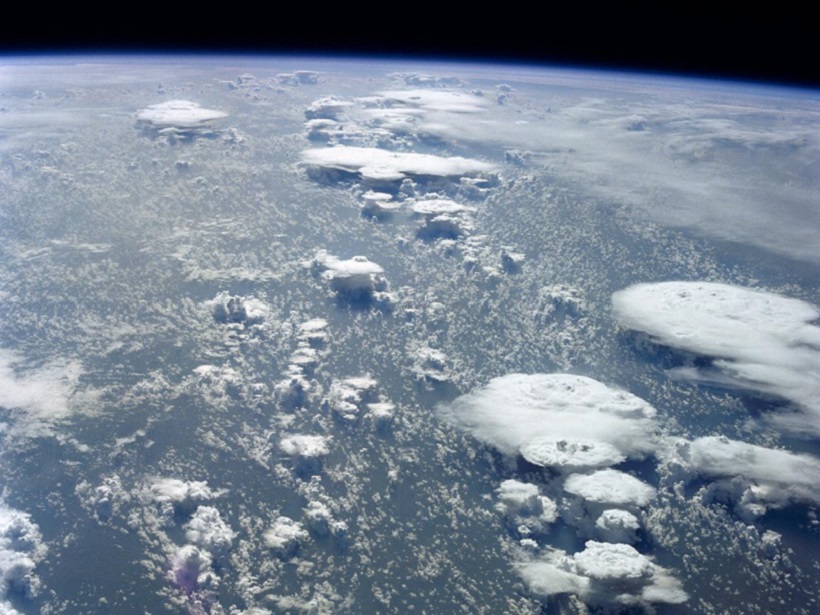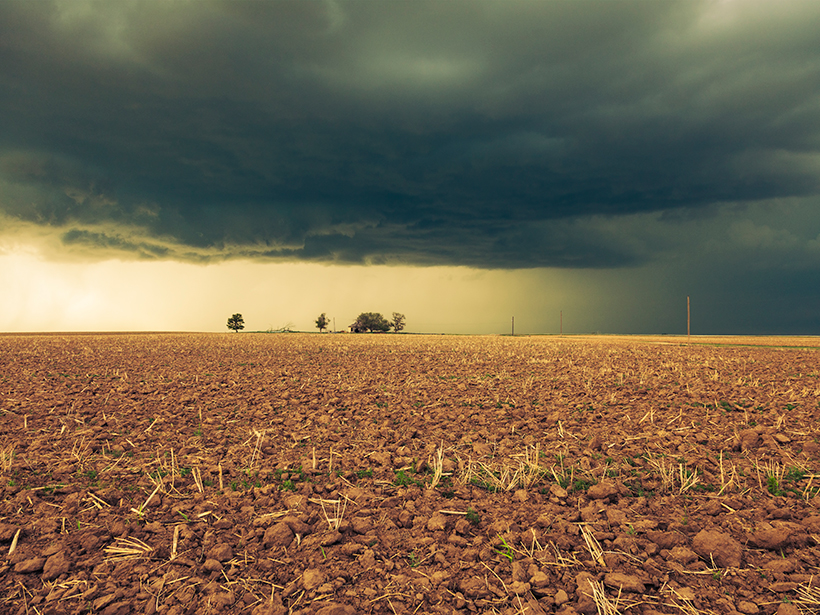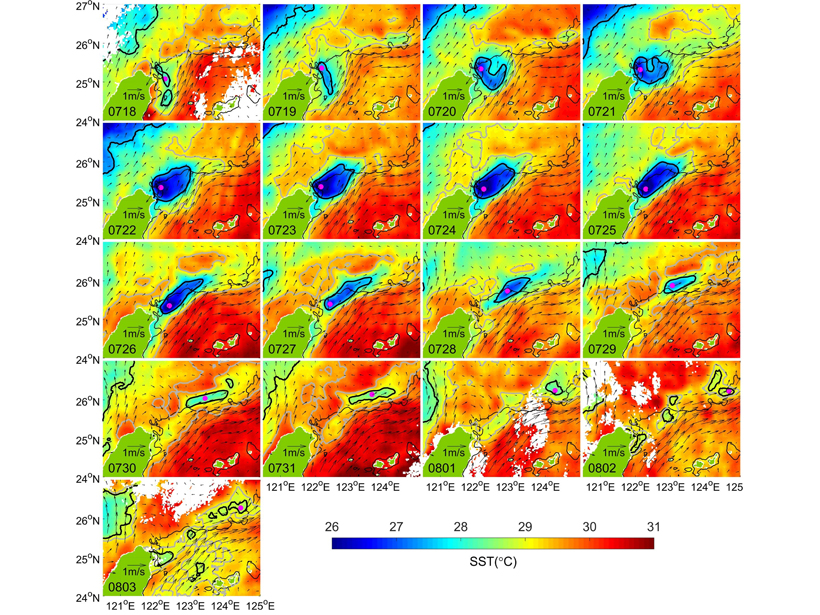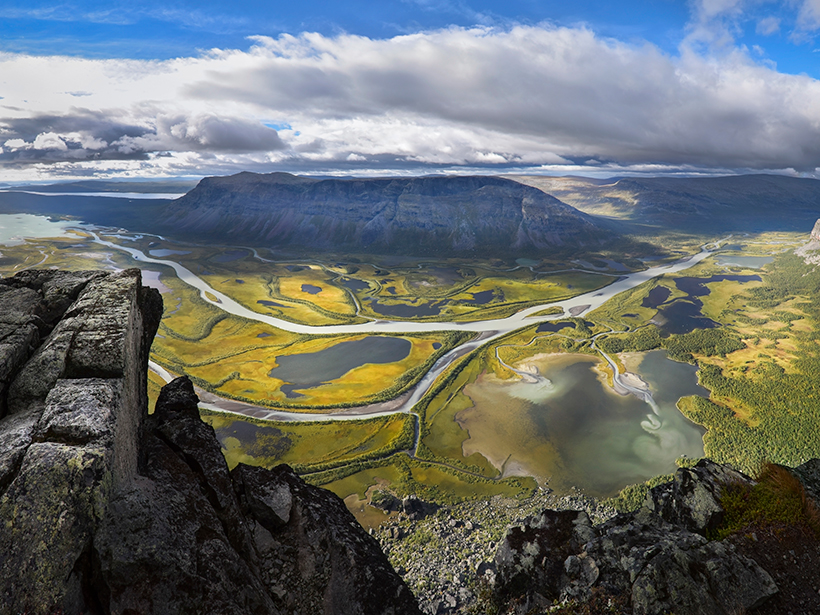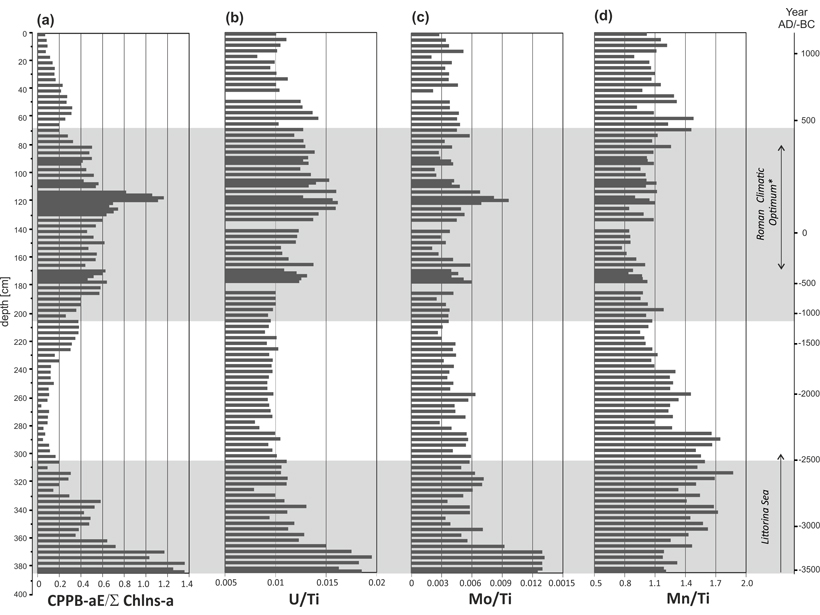According to a new study, the performance metric–based methods currently used to evaluate dynamical model sensitivity are based upon faulty reasoning and need to be reenvisioned.
CC BY-NC-ND 2019
Simplifying How (and When and Where) Snow Turns into Flow
A Montana researcher has developed a map for predicting how climate change may alter the water supply.
Windy Weather in the Thermosphere
The weather in the thermosphere includes winds that buffet spacecraft as they orbit the Earth, but how well can these winds be modeled?
How Long Can Celestial Bodies Retain Ice?
A new model suggests that many objects in the outer asteroid belt may still harbor deposits that formed around the time of their accretion.
Global Impacts of ENSO Reach into the Stratosphere
El Niño events have significant global impacts on weather and climate, but these reach up into the stratosphere, beyond the troposphere where most of Earth’s weather takes place.
Bridging the Weather-to-Climate Prediction Gap
A task force of researchers set out to bridge the gap between the 2-week weather forecast and long-term climate predictions; their findings could help in forecasting the likelihood of extreme events.
Rising Temperatures Reduce Colorado River Flow
Hotter conditions have played a much greater role in reducing flow during the ongoing Millennium Drought than in a mid-20th century drought.
Route for Upwelled Kuroshio Waters into East China Sea Shelf
A simple algorithm obtains short-term variations in upwelling, which show that the subsurface Kuroshio waters can upwell directly into the East China Sea shelf under the advection of the Kuroshio.
Can We Predict River Flows from Just a Few Observations?
Improving Discharge Data for Water Resources Management—Hydraulic Modelling as a Tool for Rapid Rating Curve Estimation; Stockholm, Sweden, 8 November 2018
Baltic Bacterial Blooms Over the Millennia
Eutrophication not only is a present-day anthropogenic phenomenon in the southern Baltic but also occurred over the past few millennia, with cyanobacterial blooms during times of climate warming.

